Bioengineering Lab
Chemical and biological hoods, incubator, optical fluorescence microscope, spectrophotometers, centrifuges, peristaltic pumps, syringe pumps, electromagnetic stimulator, equipment for histology, different fluidic devices
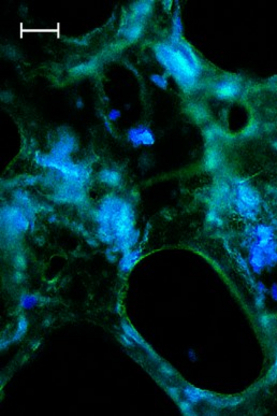
Optical microscopy
The infrastructure is equipped with an optical and fluorescence Nikon microscope, equipped with 3 different filters (blue, red, green) that work at different wavelengths in order to simultaneously stain the biological material with different markers. The microscope has an acquisition system connected to a PC equipped with image acquisition and processing software.
Elettromagnetic stimulation
This infrastructure allows to electromagnetically stimulate biological systems (cardiac cells, functionalized nanoparticles, drugs) and to evaluate their activity by changing the physical parameters (e.g. intensity, frequency).
The infrastructure is based on Helmholtz coils, for the creation of an intense and spatially homogeneous magnetic field while maintaining relatively low current intensity values.
A waveform generator and an amplifier allow to modulate the signal through which it was possible to conduct the experimental tests.
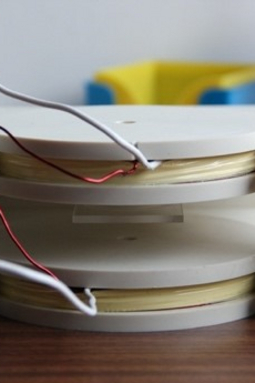
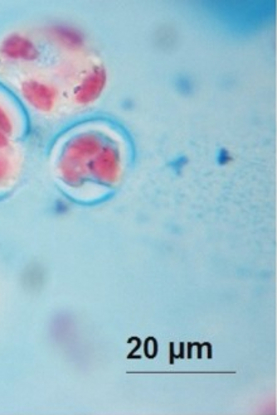
Biological validation
To complete the multifunctional characterization of the biomaterials produced, in vitro cytotoxicity tests are often performed to evaluate the complete biocompatibility of the biomaterial, a necessary condition for its use in clinical practice. In parallel, the spatial distribution of the cells within the 3D biomaterials is carried out through histological analyzes, which can also be used to observe the cells deposition of extracellular matrix.
Laboratorio di 3D printing
This infrastructure is equipped with two resins mounted on two different Formlabs Form2 3D printers, which allow to create the microfluidic devices used in the tissue engineering sector. All devices are printed by using the stereolithography technique. The 3D models of the prototypes are first designed through Sketchup, then processed through the PreForm software capable of generating the print format file. After printing, the devices are rinsed to remove polymer residues and cross-linked with UV.
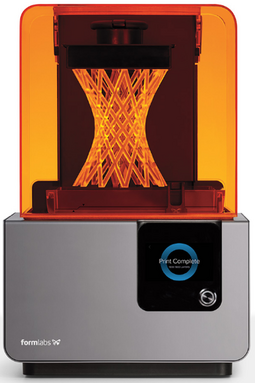
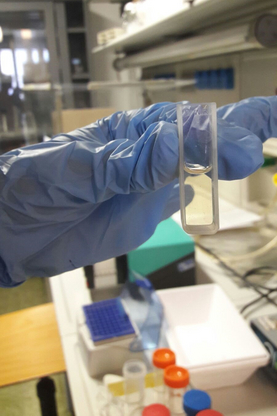
Chemical testing
The chemical infrastructure is equipped with instrumentation for the histological analysis of samples (chemical hood for dehydration of samples and inclusion in paraffin, thermostat, paraffin inclusor, microtome and cryotome). It is also equipped with some spectrophotometers (cuvette and plate) with visible and UV reading for the measurement and quantization of chemical and biological substances
